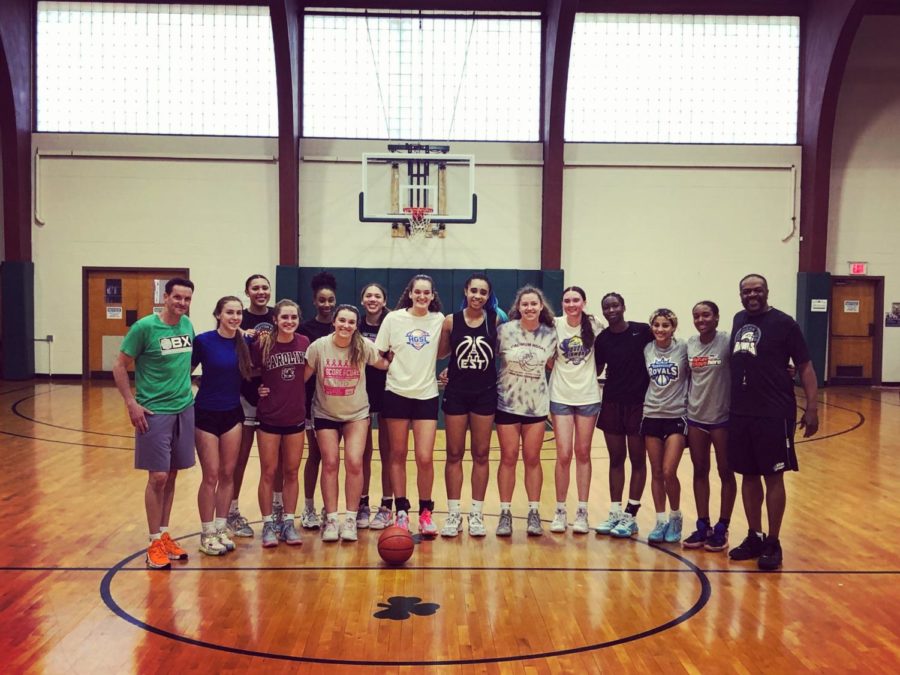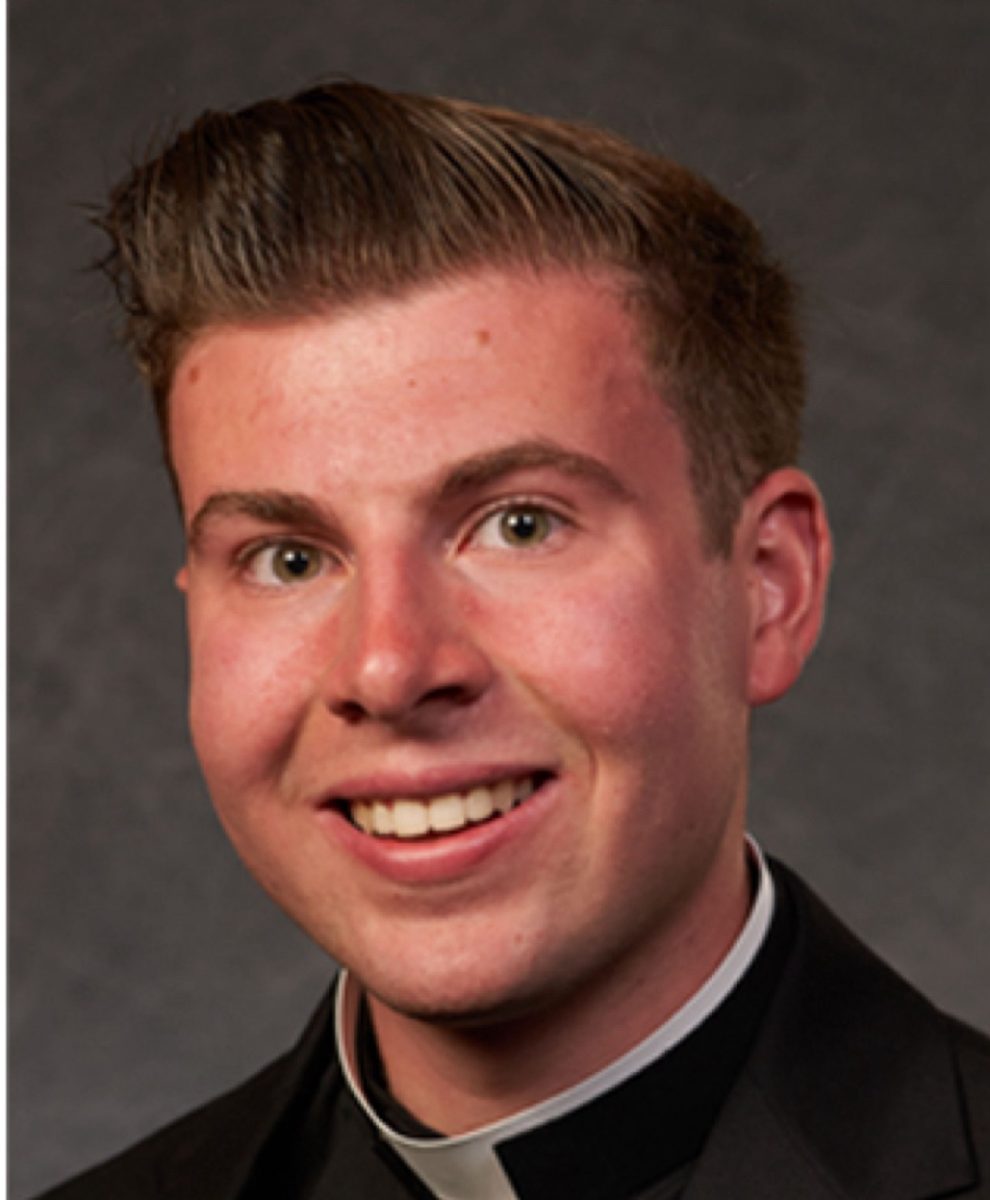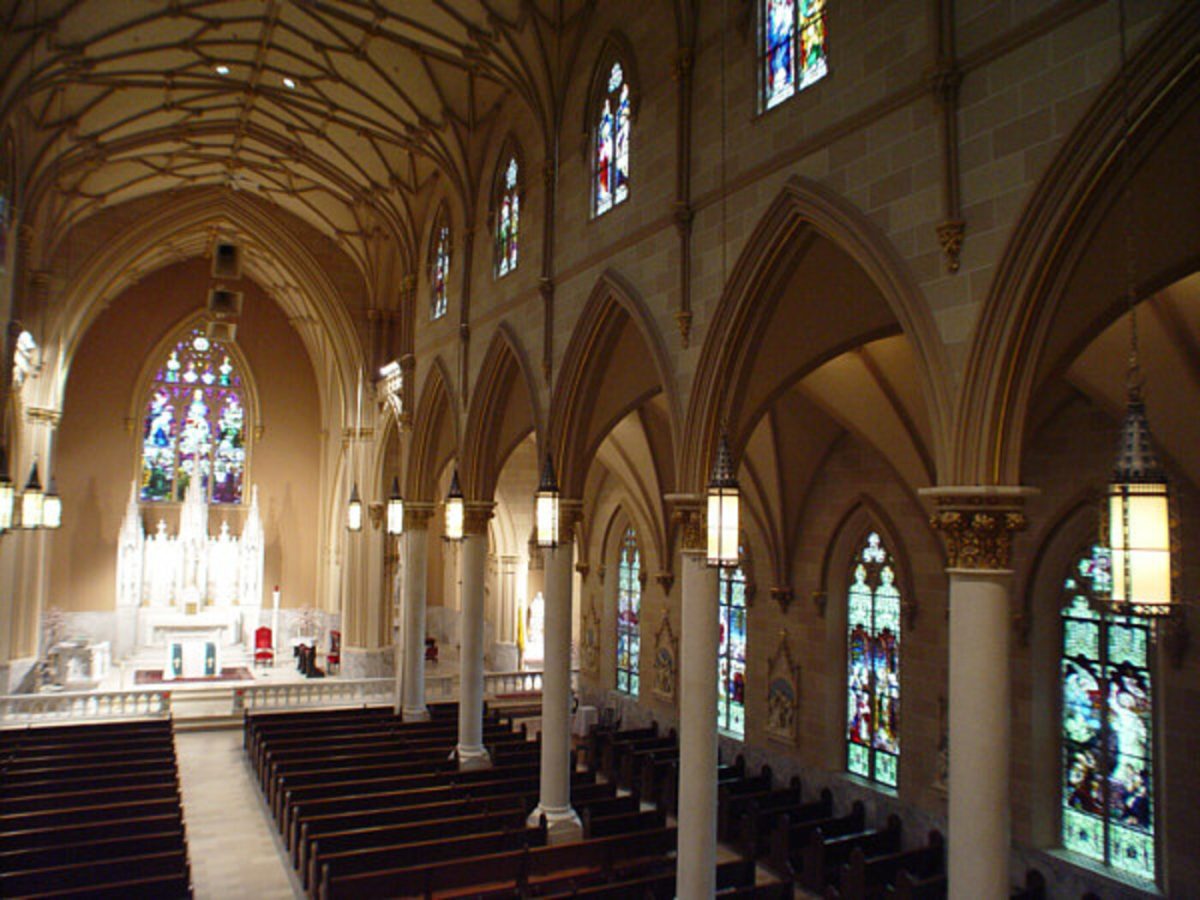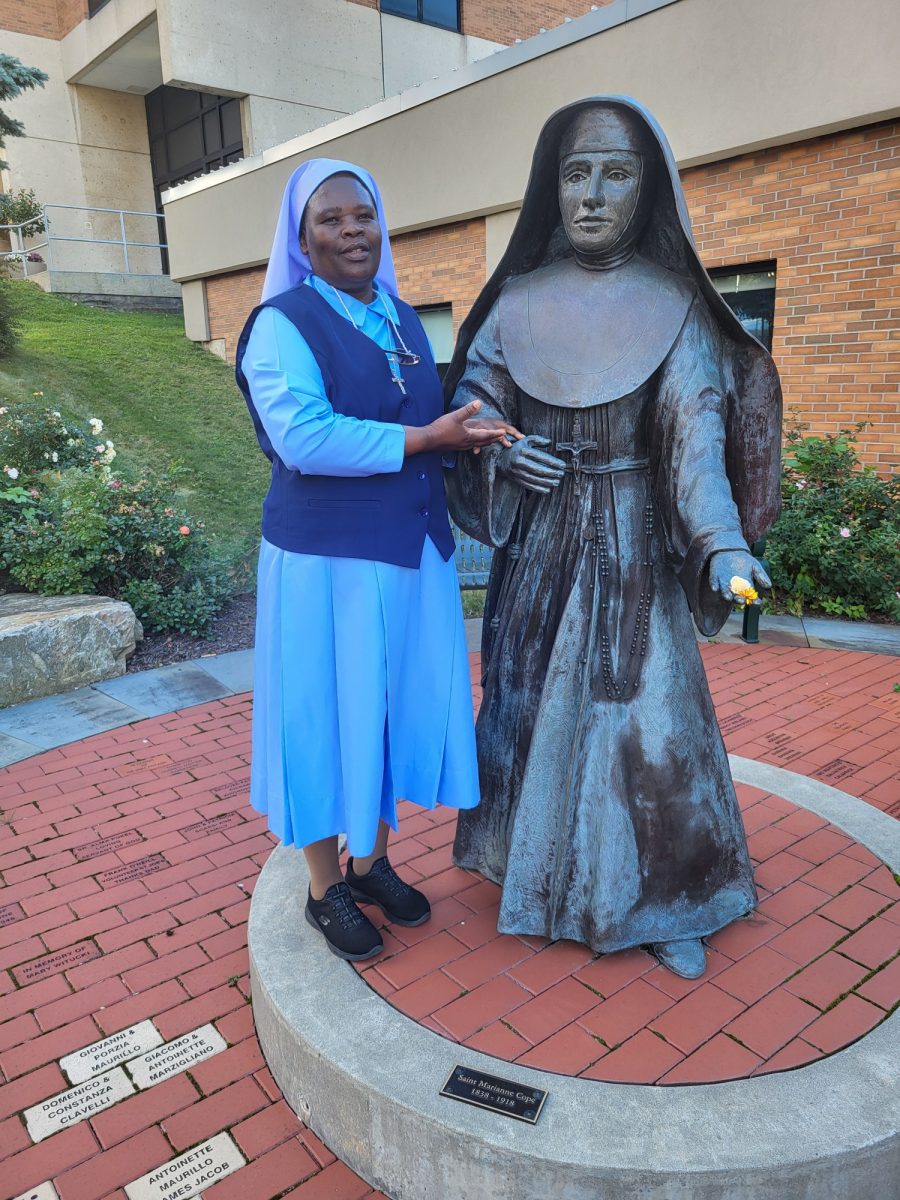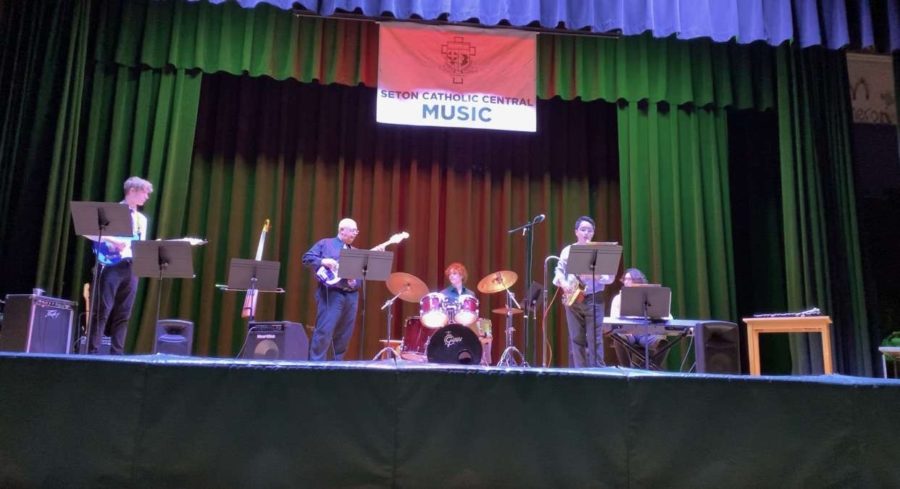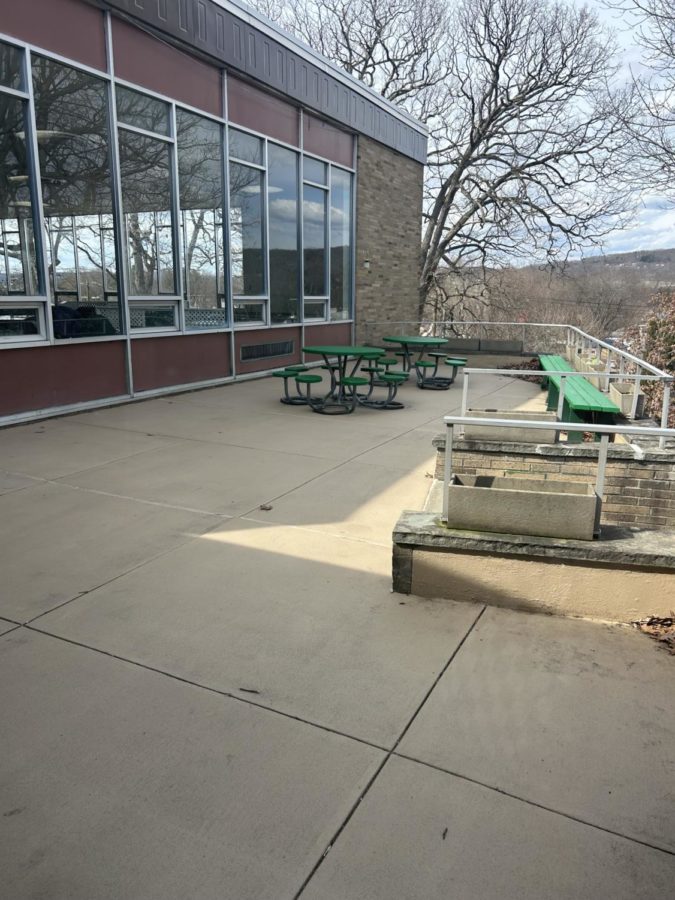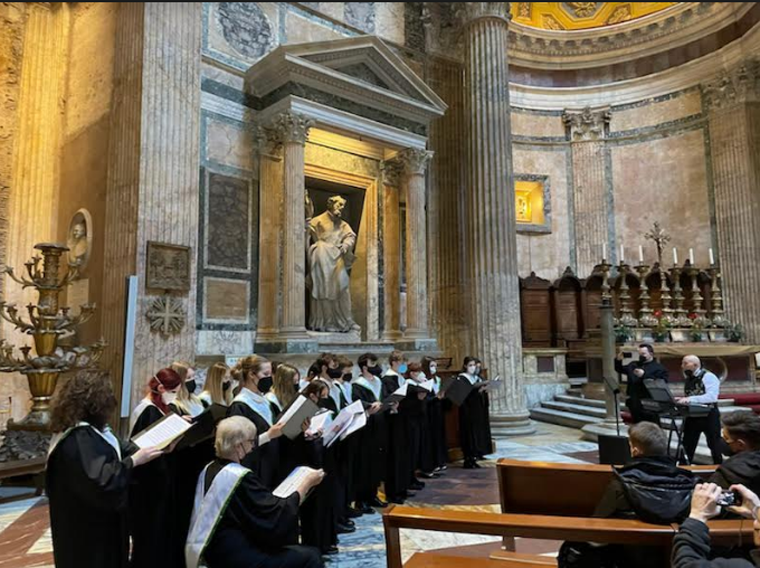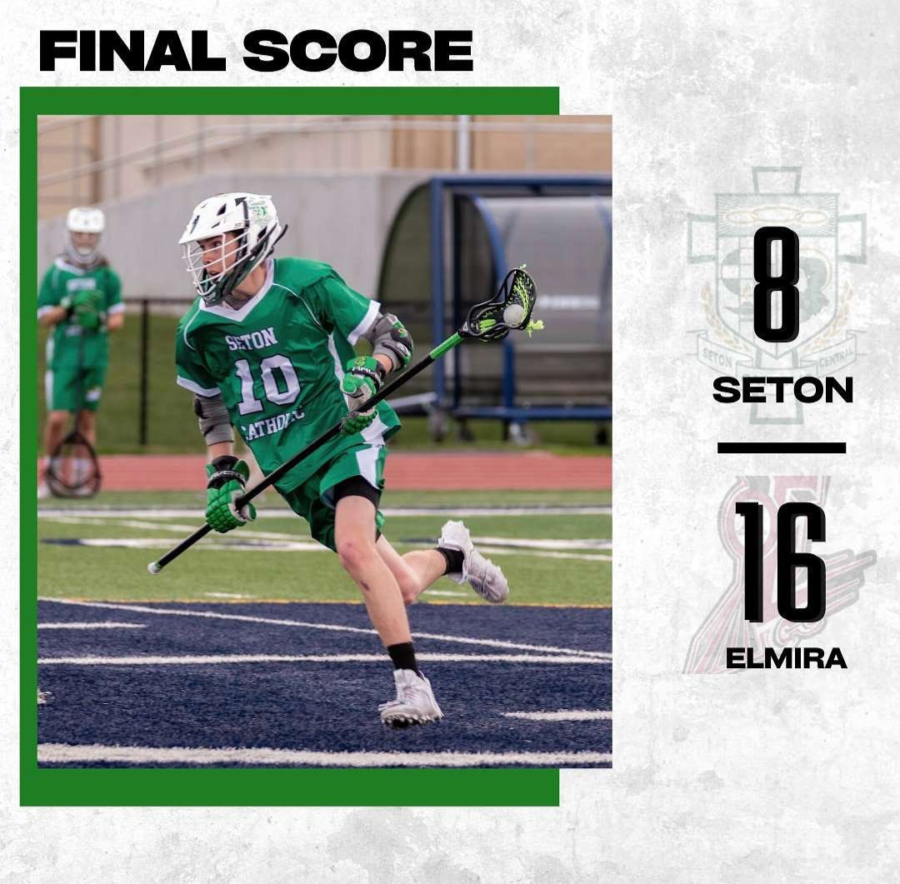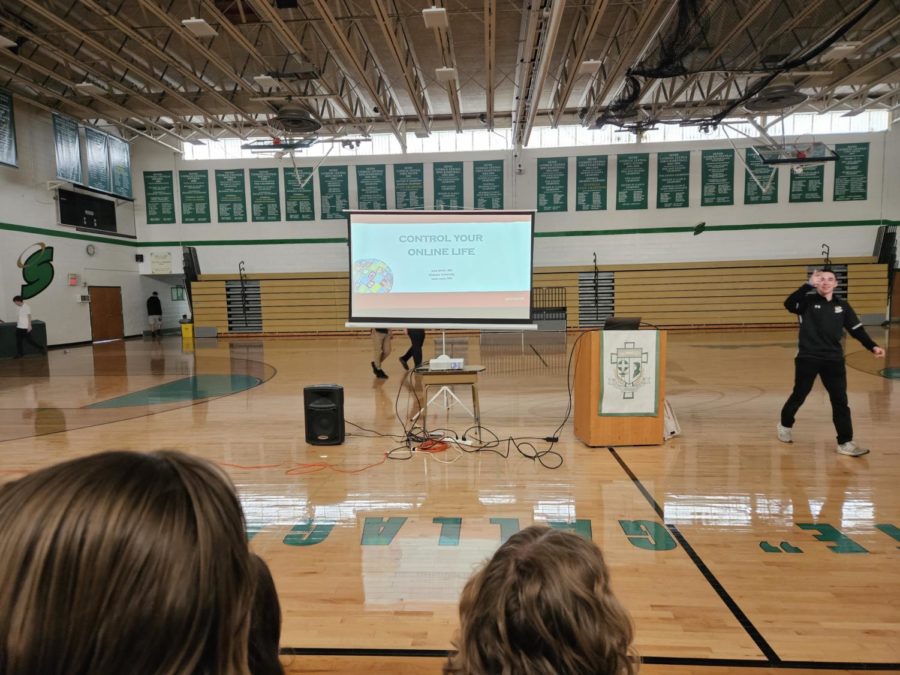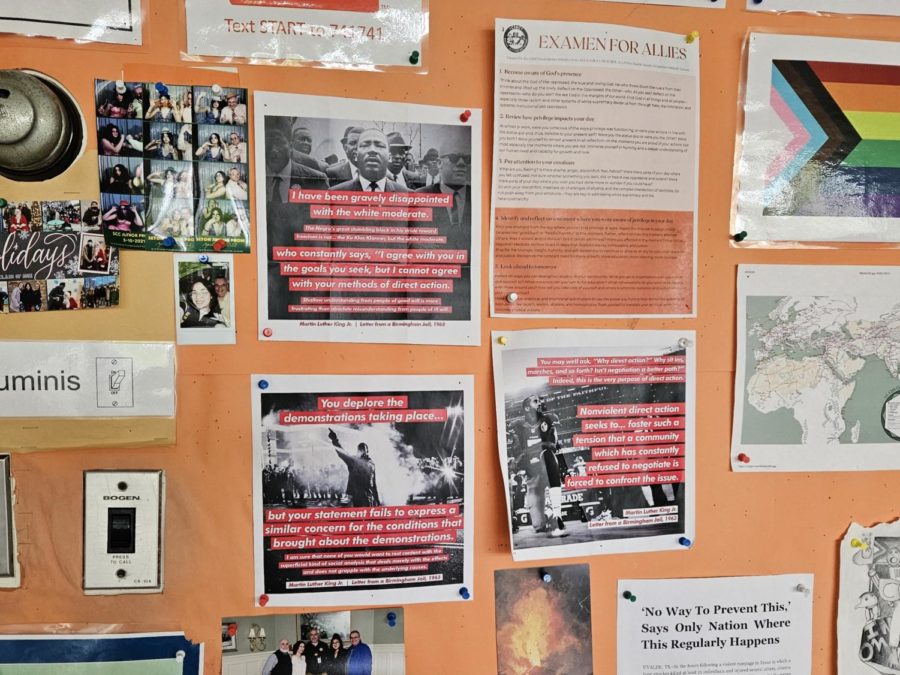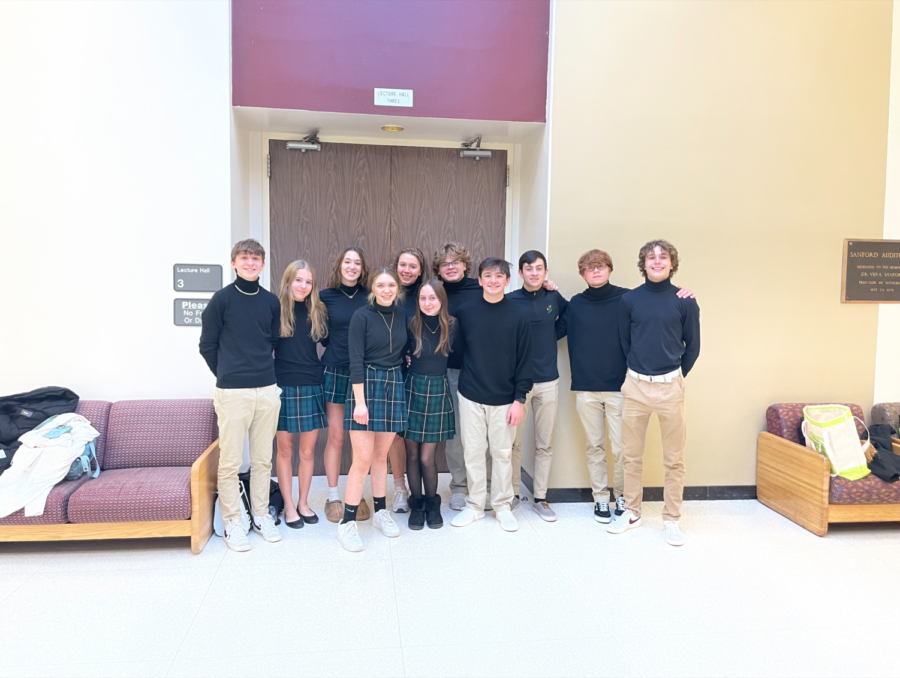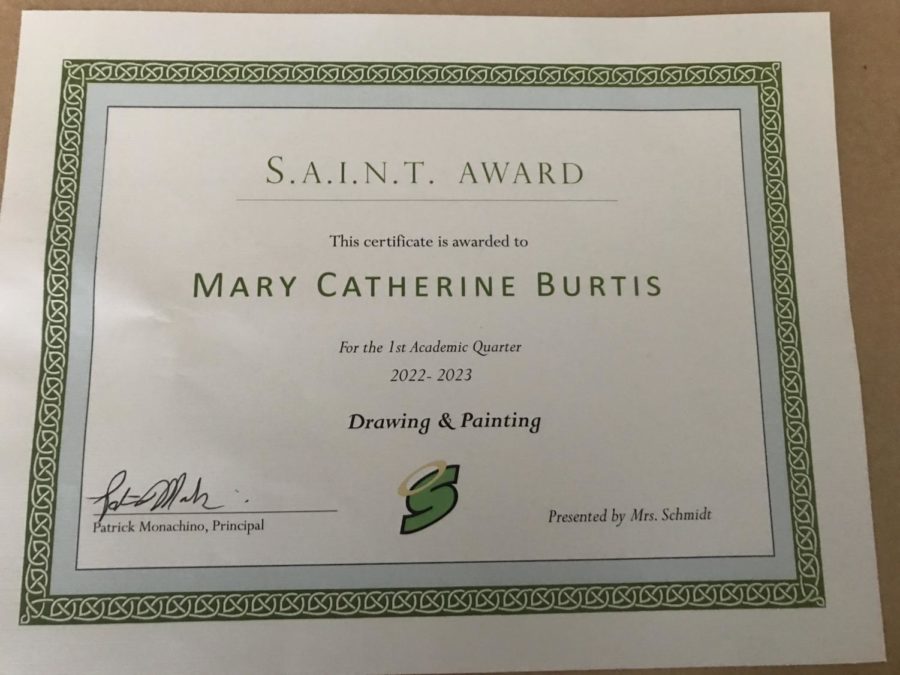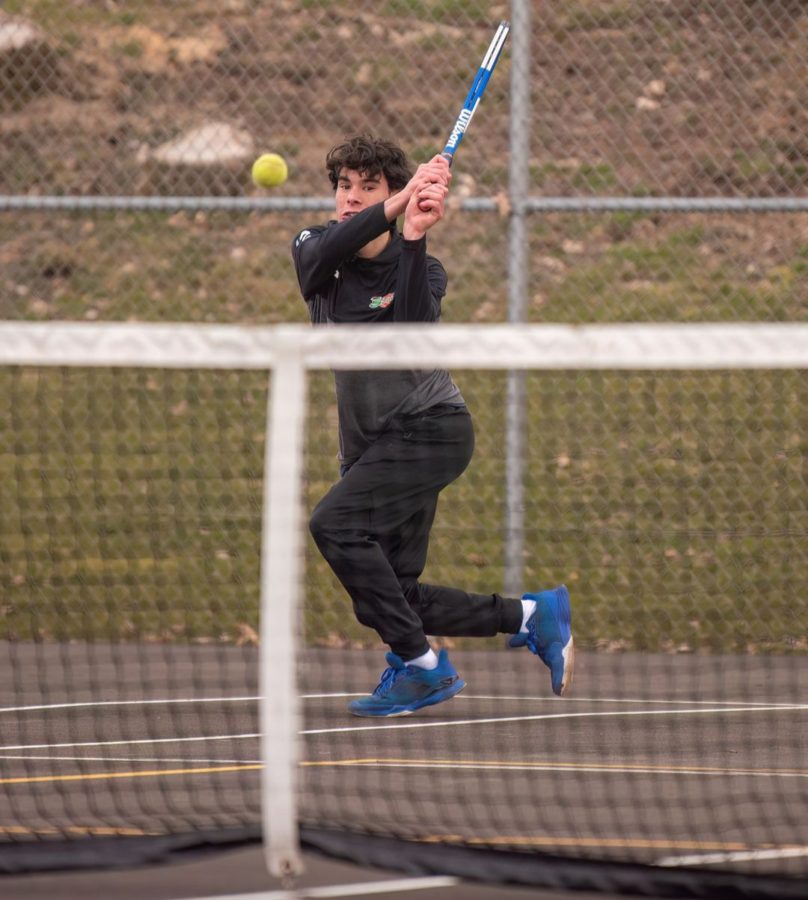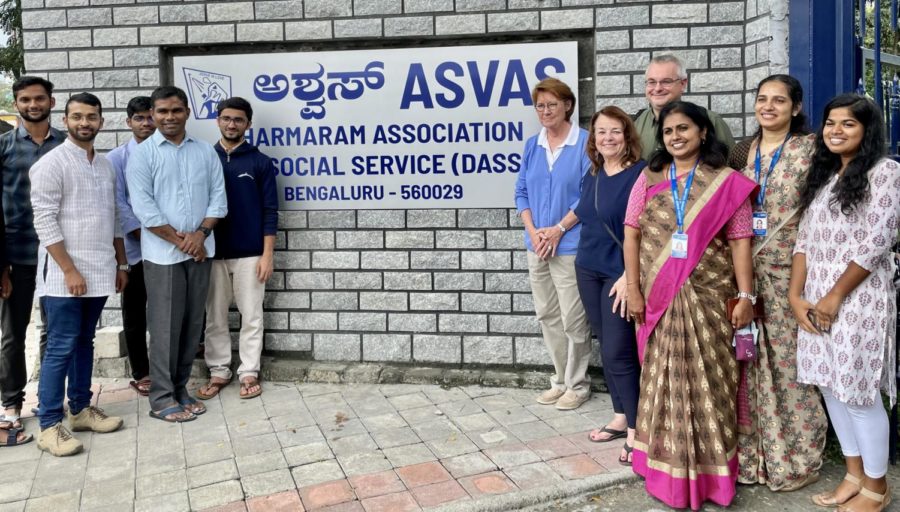Journey to India- What Could it Mean for Students?
November 15, 2022
Several Seton teachers and administrators have undertaken a new and exciting project to establish a foreign exchange program with Christ University, a prominent school in Bangalore, India. In mid-October, Ms. Schmidt, Mr. Jones, and Sister Bridgid visited Christ University in India for a week and a half to explore the campuses and area, as well as to form a better understanding of the program and what it has to offer. After many meetings (as well as the trip), groundwork is being laid for SCC students to travel to India in the next school year, as well as students from Christ University to come to Seton.
The vision for the program began around two years ago, when our former president of the CSBC, Dr. Carter, was approached in concert by Binghamton University and Christ University to see if Seton would be interested in a foreign exchange program. Christ University already has exchange programs with Germany, Sweden, and Switzerland, and wanted to establish one in the United States for the junior college (high school) level. Binghamton University had a connection with Christ University through Dr. Krishnaswami Srihari (Dr. Hari), the dean of the Thomas J. Watson College of Engineering and Applied Science at BU. Dr. Hari referred Christ University to Seton Catholic Central for the program, as it is a Catholic school, and Dr. Carter had worked at BU for 30 years.
Dr. Carter said that SCC would be interested in the program, and approached Mr. Jones, Ms. Schmidt, and Sister B asking if they would like to get involved because these teachers had earned a reputation as travelers. There was a bit of hesitation initially as the teachers had no clear idea of what they’d be getting into; “We really didn’t know what to expect. We were essentially cold-called,” Mr. Jones explained. However, after several meetings with Dr. Hari and priests from Christ University that clarified what the program was and what they’d be involved in, the teachers agreed to be a part of the team that would examine the program, travel to India, and help get it started.
“We were very excited about starting a new exchange program because we saw the many benefits of our students visiting India and taking part in the cultural visits, service projects, and seeing how another school in a different country operates,” said Ms. Schmidt. Mr. Jones explained how this program would aid in the important aspect of giving students the opportunity to travel and be exposed to different cultures: “You don’t really see the humanity in others all the way across the world until you actually go there and meet people and see their way of life.” Sister B expressed her initial reluctance to get involved, and why she changed her mind: “I recognized the grace that was present in the priests that had come over here, and I think when you see grace, you follow it.”
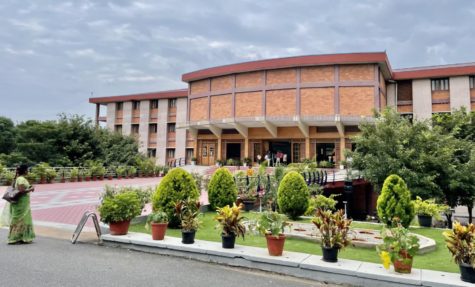
The teachers flew to Bangalore, a large city in southern India, where they stayed in a guest house at one of Christ University’s many campuses: “The campuses are in a word magnificent. It is hard to describe their scope, breadth, and beauty,” Sister B remarked. The teachers all reflected upon the true hospitality, generosity, and friendliness they were treated with by the people at the university who accommodated them. During their stay, the group did a variety of tourist and service activities, as well as activities concerning the exchange program. They toured two of Christ University’s campuses in Bangalore, as well as temples and a drive-through safari. They visited Mysore Palace (in the city of Mysore), where an Indian monarch had lived, which was beautifully illuminated at night.

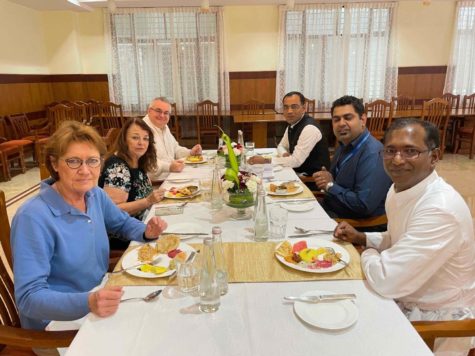
The teachers got to see some of the notable service projects that Christ University takes part in. They went to a center where people with leprosy who have been abandoned by their families and communities are given a home (even though leprosy is curable, there is still a stigma attached to those who suffer from the disease, even when they are recovered). The group traveled to a rural area where Christ University students aid in a program for economic development that teaches the women of the area parenting, hygiene, and business skills. A daycare was opened so women could work, and a banking system was developed so that they might take out loans. In the center of Bangalore, the teachers got to help at a feeding center across from a hospital treating cancer patients. In this way, hospital staff, families, and patients themselves could come to get a hot meal.
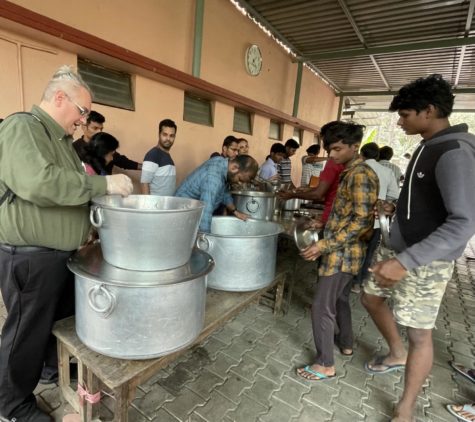
Indian culture has various differences compared to our American ways. The attire in India included beautiful, bright-colored sarees (a dress-like garment) worn by women and formal button-up shirts and dress pants for men. No matter the weather (which in India may be sweltering), men always dressed this way, and it seemed to be a sign of respect to those they work and interact with. India has an amazing waste management, composting, and recycling program, and people always take care to clean up after themselves, which we can learn from greatly. People seem to be more aware of living in a society (whereas we as Americans tend to be more individualistic), are willing to pitch in to help, and are proud of their work. The Indian culture is polite, and transparent in their communications, which Sister B found “very refreshing”.
The culture of schooling in India is quite in contrast to schools in the United States. The facilities of Christ University are outstanding and have a simple style. In the classroom setting, the respect between teachers and students is remarkable. Students are attentive, motivated, competitive, and value their education greatly (whereas it is common in the United States for students to not take academics as seriously). Ms. Schmidt told how “We walked into a room of 40 four-year-olds and one teacher…they stood up as soon as we walked in, addressed us and said hello, and sat back down and worked on their studies.” “It appeared that it was not a respect born from fear, but a respect born from value,” Sister B explained.
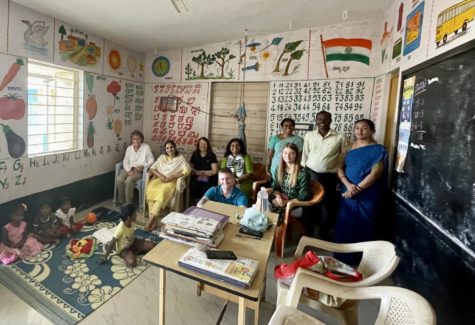
Besides the exchange program itself, our teachers had a few ideas of what they’d personally like to bring to Seton from what they experienced in India. Mr. Jones reflected upon how we can “change the culture of the classroom” after seeing a functional classroom without behavior problems, and how to teach students to be more ethical and moral. He also highlighted that as the world faces the consequences of climate change, we may look to nations like India for guidance on sustainable practices. In addition, he believes that Christ University is an exemplar of incorporating Christ into a learning environment. Sister B shared this sentiment: “Their model of Christianity is precisely how I understand Christianity. It really does filter through every program, every classroom, and every stratum of their operation. There is this essence of Christ-likeness.” Furthermore, Sister B explained how Christ University’s academic system provides an advanced model of education that we should strive towards. Ms. Schmidt expressed how she wishes for students to be able to experience new cultures themselves, as each person may take something different from their experience.
Following the trip, the teachers are enthusiastic about getting this exchange program up and running. Meetings continue to take place, including one last week with administrators, the three teachers, and a team from India discussing actions to be taken moving forward. If all goes well, the program will run by the 2023-24 school year. The plan is for six Seton students to visit Christ University for two weeks in the fall semester, and students from India to come to Seton for the same amount of time in the spring semester.
Sister B expressed her hope that Seton students will be interested in the program and get involved: “If we get this off the ground I’d really encourage our kids to participate because it is a remarkable opportunity; it will be spiritually, academically, and socially enriching.”



![College of Community and Public Affairs graduates cheering during the CCPA Commencement Ceremony. [Via Daily Photos at binghamton.edu]](https://sccvoice.org/wp-content/uploads/2023/05/Screenshot-2023-05-16-10.50.55-PM.png)






